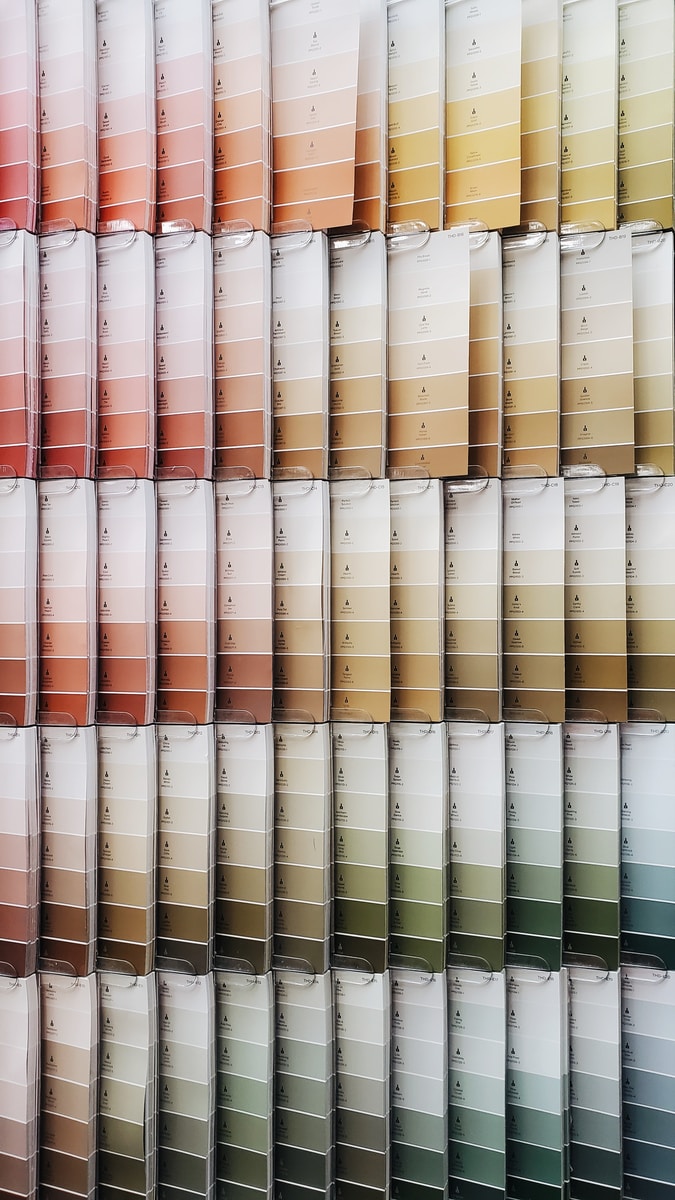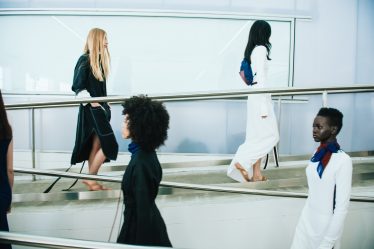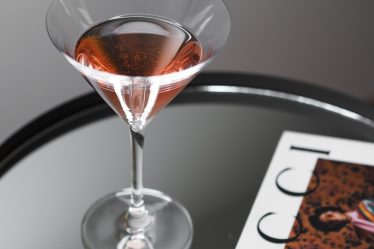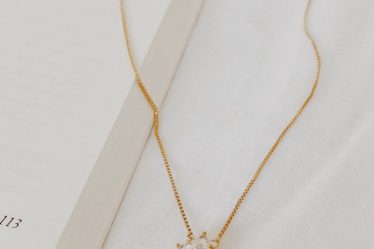
Anna Starmer founded Luminary, a forecasting agency, fifteen years ago. She developed a unique approach that is earth-centered and sustainable. She collaborates with the top brands and retailers to create a better industry that is focused on sustainable trends and inspirations. We speak with the founder to discuss her creative process, how she created the Luminary Books, and why colour is so important in the fashion industry.
Please tell me about your life and how you got to Luminary?
I attended Chelsea College in London to study knitting and textile design. I then went on to work at a colour and trend forecasting company when I graduated. Although I was primarily working on yarns and materials for brands, I discovered that I enjoyed the idea, storytelling, and creation of stories. I learned the trade and found my passion and became a consultant for several brands, including Monsoon and Miss Selfridge. Marks & Spencer was my employer for a very long time. I worked at their lingerie department. My role was to inspire designers by collecting information and creating in-house books for them. Then I began to work on Luminary The Book. It was all hand-made. I went to London’s Hackney Markets to purchase fabric samples and to take all of the photographs.
How has Luminary changed over the years?
Five years after I founded Luminary, my first major trip was to India. After creating a book on India, I was approached by agents all over the globe to help me sell it. That was also when I started working with a UK dye house to do my own swatches.
2017 was my first trip to Iceland. I wanted to see a place that was not so much about the people, but about the place. So I created a book and a seminar that featured colours inspired by natural landscapes. It was then that I realized how out of touch we are with nature in modern life. It was during my New York seminar that I asked the audience: “How can you design for humans on this planet without considering the impact on the Earth?” This has been a big part of my work.
Luminary is not a standard colour forecasting agency. Can you describe the concept? What makes Luminary’s approach unique from other agencies?
What I do is versatile because it’s based on colour and concept. It can be used in fashion, home interiors, or packaging. My job is to inspire people and bring out new ideas. This job is very creative and forward-thinking. However, you need to be able to persuade others to try new ideas. Since childhood, I have been fascinated by the natural world. That’s why I use it in my book for 12 years.
You work regularly with artists, colorists, and high-street brands to transform the industry from within. Can you describe the process and how you collaborate with these partners?
It’s funny because students often ask me how I can work with Primark. My reasoning is that we can change Primark. I work with mass-producing brands and try to influence them to improve their manufacturing and operations. Ikea has committed to being carbon-positive by 2030. I also work with them. I am becoming more and more of an intermediary between large brands and the small, innovative ones that are just beginning to emerge.
We meet with brands to fine-tune the products they have created. I am always looking for sustainable or regenerative solutions. I’ll always ask questions such as “Where did you manufacture that?” and “Where did the colours come from?”
Brands bring me in to review their ideas and create better ones. I will look at all departments and determine what the shop floor should look like. I also help young companies and material experts like cashmere producers with colour stories. It’s all about sharing that extra knowledge.
What do your clients look for in Luminary? Could you briefly describe the services that you offer?
Over the years, I have found that working directly with a designer is the best method to do it. They are experts in their field so it must be a partnership.
Since 1995, I have been working with the same UK technical dye house and my swatches are dyed the same as Pantone. Brands who work with me have the option to order additional swatches to match products. Brands can use my books to create their own colour palettes. Along with the physical book, they receive sixty colour samples so that they can make their own moldboard.
What is the purpose of the bi-annual Luminary Colour Books? What are the Luminary Colour Books? And what can we expect from them?
My books should have original information and be my personal interpretation of what is most interesting to me at the time. They aren’t about what’s trending on the catwalk. Instead, they reflect my life and what I see around me. Every book has a strong story and an earth-first approach. These books are filled with beautiful images, inspiring colors, and lots of words about our feelings, what’s happening, and what’s motivating us. You will find a variety of artists, creators, and material makers in my collection.
Clients purchase them at the start of each season – they are two years ahead or more – it’s a way that designers can get started with their creativity. In fact, I have taken the seasons out of my books over the past few years. People use colours in different ways. Colours are being viewed more fluidly by brands.
Why is color so important in fashion industry decision making?
Colour is a human instinct. It is instinctive, intuitive, and comes from the heart. Even though we don’t care about fashion or style, our instinctive reactions to colour are strong – whether we like it or not. Colour can be a major selling point for a brand. I have seen top-selling products go out of business in one color and then not sell in another. It’s a reflection on our personality and mood. The colours you choose for your home can make a bold statement. It is like your first impression of someone. People can use colour as a powerful communicator. Because we are constantly bombarded by images and colours in modern life, colour is something that many people are confused about. It is becoming difficult to remember which colours you love.
Do you see any changes in the industry’s trend or colour forecasting? If so, what are they?
People talk a lot about changing materials, but not colour in textiles or toxic waste. We need to completely change how we consume and produce materials. This is a difficult task and it won’t happen overnight.
A business that isn’t focused on an earth-first approach when working as an influencer or fashion trends organisation… It’s not what I want. We need to spend less on products that we love and want to have for many years. While we still need clothes and products, all trends should focus on how we can make it more efficient. They should encourage better material use and better working practices throughout the supply chain.
What are your current projects and the next projects for Luminary?
Lightness was the 25th issue of Luminary. It was published in September 2021. It was created this summer. While it is a nod towards spring-summer 2023 it definitely goes beyond. It was shot mostly in Sussex, and features some of the most innovative innovators in materiality and color creation. The Future of Colour is a digital report and presentation that covers the future of color and materials in design over the next decade. It’s 280 pages long. I am also about to begin looking at the next season which will be autumn-winter 2023.




